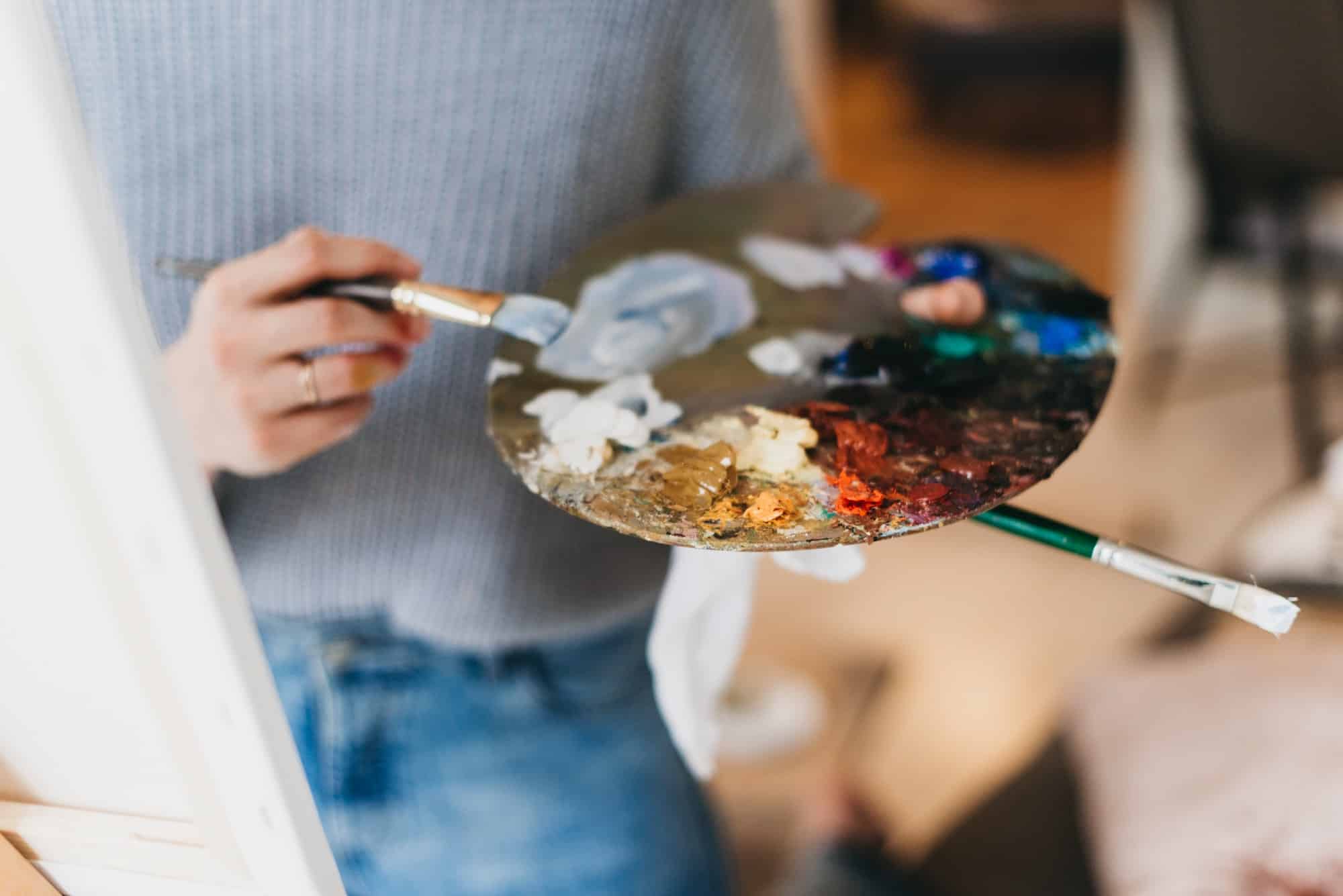What Are the Economic Benefits of Incorporating Public Art into Real Estate Projects?

Public art and real estate might seem like strange bedfellows, but the two have become increasingly intertwined in recent years. This is not merely a marriage of convenience, but a union that yields significant economic benefits for developers, urban planners, and the community at large. This relationship is reshaping the face of cities and neighborhoods, creating vibrant, creative spaces that are as beautiful as they are profitable. However, what are the economic advantages of infusing public art into real estate developments? Let’s delve into an in-depth analysis.
The Magnifying Effect of Public Art on Property Values
The inclusion of public art in real estate projects can significantly increase property values. A growing body of research indicates that properties adjacent to public art installations often see increased prices per square foot. This is because public art invariably enhances a neighborhood’s appeal, enticing potential buyers with its combination of beauty, culture, and community engagement.
Topic to read : What Strategies Are Effective for Marketing Waterfront Properties?
Public art has a transformative effect on urban spaces. It can turn derelict lots into creative spaces or make an everyday street corner a focal point of community interaction. This transformation becomes part of the local identity and narrative, making the neighborhood more desirable to current and prospective residents.
Artistic installations can also signal a commitment to community development, bolstering the image of the real estate project and its developers. This can lead to positive media coverage and increased investor confidence, leading to potential financial windfalls.
This might interest you : How to Develop Real Estate Projects That Foster Intergenerational Living?
Strengthening Community Engagement and Economic Activity
The role of public art extends beyond beautifying urban spaces and enhancing property values. By fostering community engagement, public art can stimulate local businesses and invigorate economic activity.
By attracting locals and tourists alike, public art installations can naturally increase foot traffic to an area. This increased activity can benefit nearby businesses, from local cafes and restaurants to retail stores. The presence of public art could also encourage new businesses to set up shop in the area, further boosting local economic development.
Public art can also serve as a rallying point for community events, such as arts festivals or neighborhood gatherings. These events can generate additional revenue for local businesses and provide opportunities for local artists and creative professionals, creating a vibrant, self-sustaining economic ecosystem.
Developer Benefits: Increased Visibility and Reputation
Developers stand to gain significantly from the incorporation of public art into their projects. By investing in public art, developers can increase the visibility and reputation of their projects and brands in the public consciousness.
Well-executed public art projects demonstrate the developer’s dedication to the community, signaling that the project is more than a faceless corporate development. This can enhance the developer’s reputation, making it more attractive to potential partners, investors, and customers.
Public art can also serve as an effective marketing tool, drawing attention to the project and generating media coverage. This increased visibility can boost sales or leasing rates, leading to higher returns on investment for the developer.
Creating Unique, Diverse and Inclusive Urban Spaces
The incorporation of public art into real estate projects can also contribute to the creation of unique, diverse, and inclusive urban spaces.
Public art can reflect the local culture, history, and identity, bringing diversity and character to standard real estate developments. This can enhance the appeal of the property to potential buyers or tenants, who are increasingly seeking unique, locally-inspired spaces.
A diverse and inclusive public art program can also foster a sense of community ownership and pride. By involving local artists and community members in the creation and curation of public art, developers can ensure the art speaks to and represents the community. This not only enhances the appeal of the development but contributes to the vitality and cohesiveness of the community.
The Role of Private-Public Partnerships in Supporting Public Art Projects
Private-public partnerships have become a crucial mechanism for supporting public art projects within real estate developments. By collaborating, developers and local government entities can share the costs and benefits of public art.
Such partnerships can facilitate the creation of innovative, impactful public art projects that may not be feasible for a developer or city to undertake alone. They can also provide a framework for community input and involvement, ensuring the resulting public art resonates with the local community.
By incorporating public art into real estate projects, developers can reap considerable economic benefits. However, the most significant returns may well be the intangible ones: vibrant, creative urban spaces that bring communities together and make cities more livable.
Case Studies: The Impact of Public Art in Commercial Real Estate
Throughout the world, the integration of public art into real estate projects has led to tangible economic advantages. Let’s look at two notable examples: Los Angeles and San Francisco.
In Los Angeles, a one percent art requirement was enacted for private development projects. This ordinance is part of a broader public art program aimed at enhancing the city’s aesthetic appeal and cultural vibrancy. The impact of this program is palpable. In neighborhoods where street art and urban art installations are prevalent, property values have seen a significant increase. Developers have also reported higher occupancy rates, demonstrating a correlation between the presence of public art and real estate success.
A similar story unfolds in San Francisco. The city has a long-standing civic art requirement policy that requires developers to allocate a certain percentage of project costs towards public art. This has birthed numerous iconic art installations, contributing to San Francisco’s unique character. The city’s Planning Department reports that real estate projects with embedded public art have seen a rise in property values and commercial success.
These case studies illustrate that, when smartly implemented, public art programs can deliver substantial economic benefits to the real estate industry while enriching the urban landscape.
Conclusion: The Future of Public Art in Real Estate Development
The incorporation of public art into real estate development is not just a passing trend, but an innovative approach that has proven its worth. By integrating art into public spaces, developers can enhance property values, stimulate economic activity, increase visibility, and create diverse, inclusive communities.
The economic advantages of incorporating public art into real estate projects are significant. However, the broader impact on the community is arguably even more valuable. Public art fosters a sense of community, engenders local pride, and contributes to the cultural richness of our cities.
As the real estate industry continues to evolve, the role of public art will undoubtedly gain even more prominence. Forward-looking developers understand that investing in public art is not just about fulfilling an art requirement. It represents a commitment to creative placemaking, community engagement, and the creation of vibrant urban spaces.
In conclusion, the marriage between public art and real estate is a union that not only brings economic benefits but also contributes to the overall wellbeing of the communities. As we continue to reshape our urban landscapes, let’s ensure public art remains an integral part of the picture.
